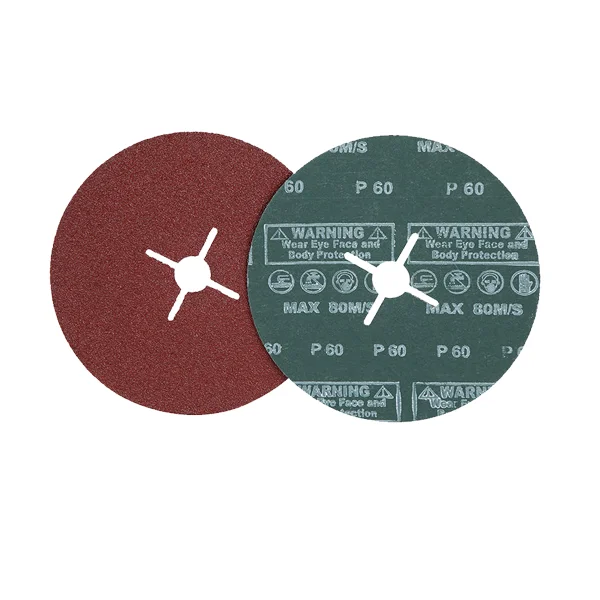When it comes to exercise, motivation is a key factor that can significantly impact our performance and consistency. While many factors contribute to our desire to work out, one often overlooked element is color. The psychology of color has long been studied in various fields, including marketing, design, and even health. This article delves into the intricate relationship between color and exercise motivation, exploring which hues can inspire us to get moving and how they can be effectively utilized in fitness environments.
The Psychological Impact of Color
Colors evoke emotions and can influence our behavior in profound ways. The field of color psychology suggests that different colors can elicit specific feelings and responses. For instance, warm colors like red and orange are often associated with energy and excitement, while cool colors like blue and green tend to evoke calmness and relaxation. Understanding these associations can help us harness the power of color to enhance our workout experiences.
Energizing Colors: Red and Orange
Red is a color that is often linked to passion, energy, and action. Studies have shown that red can increase heart rates and stimulate adrenaline production, making it an ideal choice for environments where high energy is desired. Gyms that incorporate red into their branding or interior design may find that it encourages members to push harder during workouts.
Similarly, orange combines the energy of red with the cheerfulness of yellow. It is often perceived as a friendly and inviting color, which can create a sense of community and motivation among gym-goers. Fitness classes that utilize orange in their promotional materials or decor may foster a more enthusiastic atmosphere, encouraging participants to engage more fully in their workouts.
Calming Colors: Blue and Green
On the other end of the spectrum, blue and green are colors that promote tranquility and focus. Blue is often associated with calmness and stability, which can be beneficial for activities that require concentration, such as yoga or pilates. Research indicates that blue environments can help reduce stress and anxiety, allowing individuals to connect more deeply with their practice.
Green, representing nature and renewal, can also have a positive impact on exercise motivation. It is known to promote feelings of balance and harmony, making it an excellent choice for outdoor fitness activities. Incorporating green elements into workout spaces, such as plants or nature-inspired decor, can enhance the overall experience and encourage individuals to engage in physical activity.
The Role of Color in Fitness Branding
Fitness brands and gyms can leverage color psychology to create an environment that resonates with their target audience. For example, a high-intensity training facility might opt for bold reds and oranges to evoke energy and excitement, while a wellness center focused on mindfulness may choose calming blues and greens to promote relaxation and focus.
Moreover, the colors used in marketing materials, such as flyers, social media posts, and advertisements, can significantly influence potential clients' perceptions. A well-thought-out color palette can attract the right demographic and convey the desired message about the type of workouts offered.
Personal Preference and Cultural Influences
While color psychology provides valuable insights, it is essential to recognize that personal preferences and cultural backgrounds also play a significant role in how individuals respond to color. What energizes one person may not have the same effect on another. Therefore, fitness professionals should consider conducting surveys or focus groups to understand their audience's preferences better.
Additionally, cultural associations with colors can vary widely. For instance, while red may symbolize passion and energy in Western cultures, it can represent danger or caution in others. Understanding these nuances can help fitness brands tailor their color choices to resonate more effectively with diverse audiences.
Conclusion: Harnessing Color for Enhanced Motivation
In conclusion, the colors that surround us can significantly influence our motivation to exercise. By understanding the psychological effects of different hues, fitness professionals can create environments that inspire individuals to engage in physical activity. Whether through energizing reds and oranges or calming blues and greens, the strategic use of color can enhance the overall workout experience.



